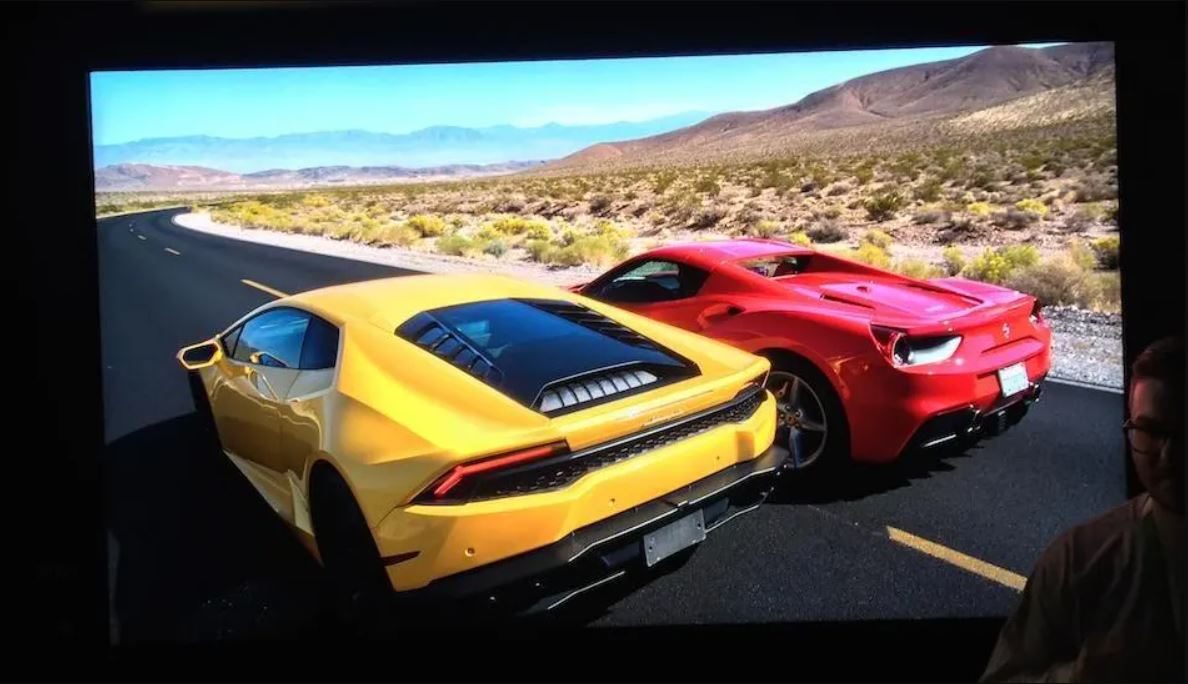Almost exactly six years ago, I was lucky enough to witness what remains to this day arguably the greatest ‘TV’ demo I’ve ever seen. Sony had come out of nowhere at the 2018 CES to reveal an 8K LCD TV capable of pumping out an astonishing 10,000 nits of brightness while still producing HDR pictures that looked natural and realistic, with controlled colours and excellent black levels. So dazzled was I by this experience that I wrote an article for Forbes about it, which you can read here.
Since then Sony has continued to show more interest in brightness as a key component of modern TV performance than many of its peers. It always tends to favor aggressive light output with its LCD TVs, and was quick to adopt new Quantum Dot OLED technology, with its relative brightness advantage over standard WRGB OLED. If a new prototype Sony LED display I was lucky enough to be shown alongside a handful of other journalists in Tokyo recently is anything to go by, though, Sony’s fondness for brightness could be about to go to a whole new level.
The main point behind Sony’s demonstration of this new display technology appeared to be to show that the brand is now able to achieve extremely high levels of brightness (and contrast) from relatively easy to make displays without pushing electricity bills through the roof or running foul of today’s stringent power consumption regulations.

This incredible 10,000-nit LED display exhibited by Sony in 2018 now looks like it might have been a true glimpse into Sony's long-term TV future.
Sony’s experience with all types of TV technology (until Samsung introduced a couple of big-screen WRGB OLED TVs towards the end of 2023, Sony had been the only brand offering a range of TVs that used the whole gamut of WRGB OLED, QD OLED, Mini LED, and regular LED technologies) has led it to believe that the only way to achieve the sort of high brightness and contrast it wants at reasonable cost and low power consumption goal is to use Mini LED technology controlled by an advanced local dimming engine driven by an ultra-powerful AI-enhanced processor.
In more specific technical terms, getting the best out of a Mini LED screen for a potentially ‘real world’ display requires a processor that can separate incoming image data into LCD and backlight data as intelligently as possible in real time; a panel driver that can convert backlight data to analog levels; and an LED structure that can convert electrical signals into light as efficiently as possible. It’s in this trio of areas where Sony claims its new panel prototype goes beyond anything we’ve seen before
On the LED structure front, the new panel (we were shown various demonstrations using a 65-inch screen) combines a large number of dimming zones with a highly focused optical sheet to control precisely where the high brightness available to it is distributed. Sony didn’t state the exact peak brightness level the prototype panel targets, but it did say it was ‘in the same range’ as Sony’s new HX3110 professional mastering monitor. Which, if you’ve read my earlier article on that, is capable of reaching 4000 nits.
TrendForce 2024 New Mini LED BLU Display Trend Analysis
Release Date: 31 October 2023
Language: Traditional Chinese / English
Format: PDF
Page: 153
If you would like to know more details , please contact:





 CN
TW
EN
CN
TW
EN





